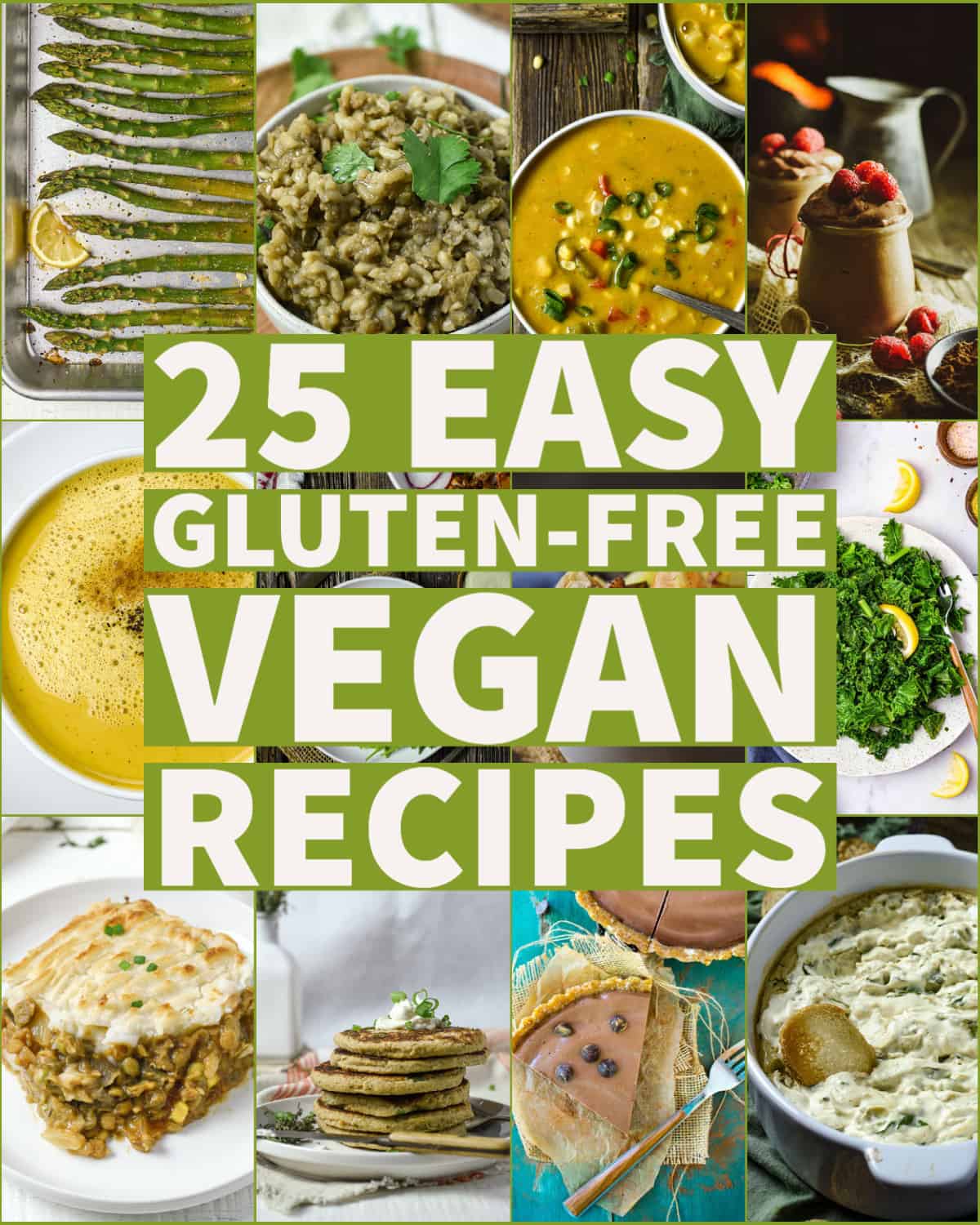Alright, let’s talk about this whole vegan and gluten-free journey I went through. It wasn’t something I just jumped into overnight. Honestly, I started feeling kinda blah, you know? A bit sluggish, digestive stuff acting up. Heard some folks talking about cutting out meat, dairy, and gluten, so I figured, why not give it a shot? See what happens.

Getting Started – The Purge and Restock
First thing I did was clean out my kitchen. Seriously. Went through the pantry, the fridge. So much stuff had to go, or at least be put aside. Anything with wheat, barley, rye – gone. Anything with meat, eggs, dairy, even honey for strict vegan – gone. It felt drastic, looking at the empty shelves.
Then came the shopping. That first trip was… an experience. I spent ages reading labels. You wouldn’t believe where gluten and animal products hide. Sauces, dressings, even some spices. It was a real eye-opener. I loaded up on fruits, vegetables, beans, lentils, nuts, seeds. Found some gluten-free grains like quinoa, rice, and oats (making sure they were certified gluten-free, apparently cross-contamination is a thing). Also grabbed plant-based milks like almond and oat milk, tofu, and tempeh.
The Cooking Adventure – Trial and Error
Cooking became… interesting. My usual go-to meals were out. I had to learn new tricks. Baking without eggs or gluten? That was a challenge. My first few attempts at bread were, let’s be honest, pretty solid bricks. Pancakes were tricky too, getting them fluffy without eggs.
- Breakfast: Swapped cereal for oatmeal with fruit and nuts, or smoothie bowls. Tried tofu scrambles instead of eggs – surprisingly decent once you get the seasoning right.
- Lunch/Dinner: Lots of stir-fries with tofu or beans and tons of veggies over rice or quinoa. Big salads loaded with goodies. Lentil soup became a staple. Started experimenting with chickpea flour for things like socca.
- Replacements: Nutritional yeast became my best friend for a cheesy flavor. Flax eggs (ground flaxseed mixed with water) worked okay in some baking. Found some decent gluten-free pasta brands, though the texture varies a lot.
It took time. Lots of recipes found online, some were great, some were total flops. You learn what works. Simple meals often turned out best. Roasting vegetables, making big batches of quinoa or lentils for the week – that helped a lot.
Challenges and Observations
Eating out was tough initially. You have to ask a million questions. “Is there butter in this?” “Is the sauce thickened with flour?” “Do you cook the veggie burger on the same grill as meat?” It can feel awkward, but you get used to advocating for yourself. Social events needed planning – sometimes I’d eat beforehand or bring my own dish just to be safe.

I also noticed I had to be more mindful of getting certain nutrients, like B12 (which I decided to supplement), iron, and calcium. Really focused on eating a wide variety of plant foods.
Did I feel better? Yeah, actually. The sluggishness did lift after a few weeks. My digestion seemed happier. That was the main goal, so, success there.
Where I’m At Now
So, I stuck with it pretty strictly for several months. Learned a ton about food and cooking. Nowadays, I’m not as rigid, but I incorporate a lot of those habits. I still eat mostly plant-based, and I’m definitely more aware of gluten and how it affects me personally. I found some great gluten-free bread eventually!
It was a worthwhile experiment. Forced me to get creative in the kitchen and pay way more attention to what I was putting into my body. If you’re thinking about it, my advice is just start small, read labels like crazy, and don’t be afraid to mess up recipes. It’s a learning process.
